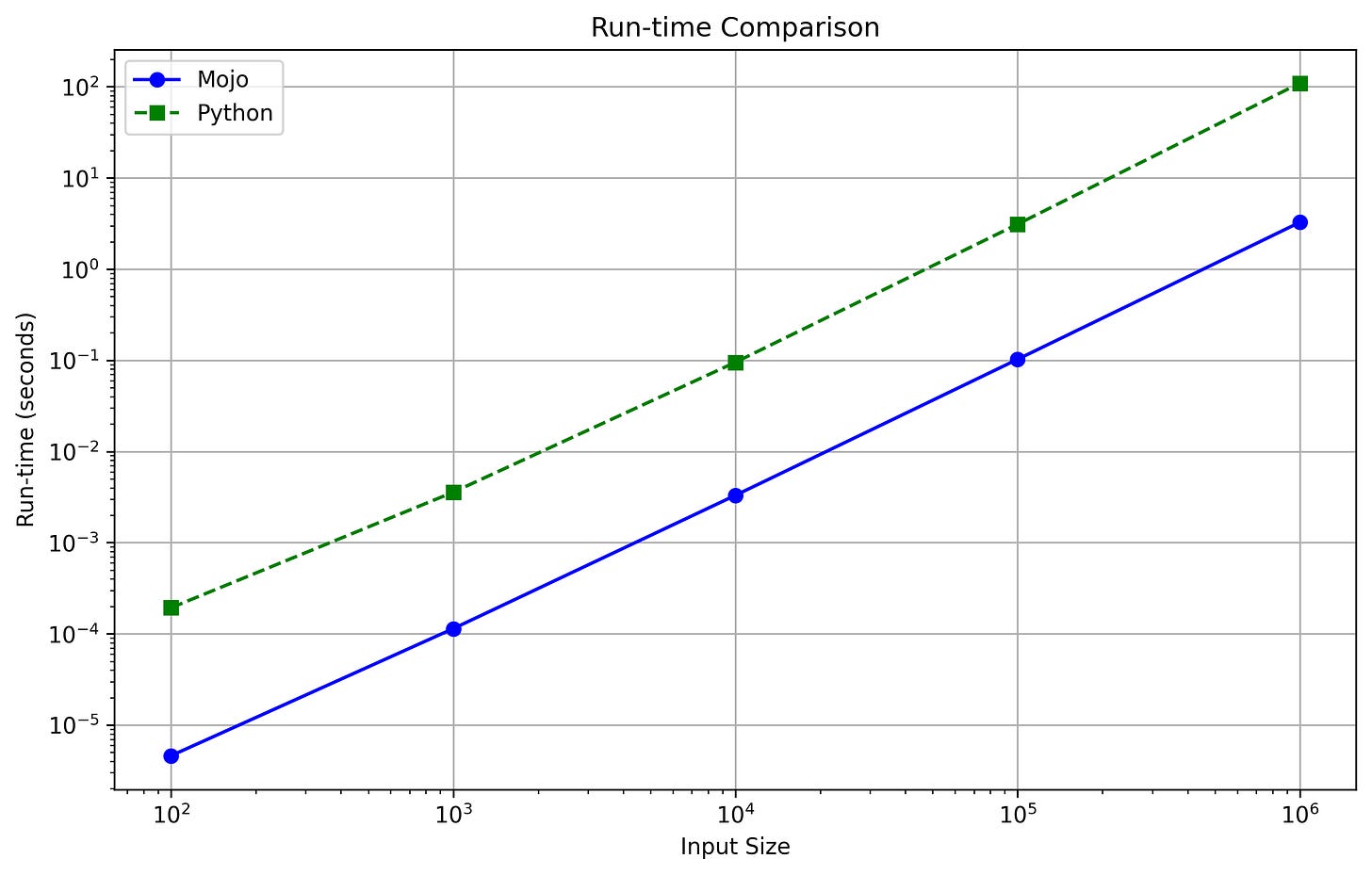Exploring Mojo - A New Player in the Programming Landscape
In the ever-evolving world of programming languages, innovation is the name of the game. Enter Mojo, a newcomer that's turning heads and making waves. With its unique blend of Python syntax and systems programming prowess, Mojo promises to bridge the gap between research and production. The journey begins here as we explore this exciting newcomer, recently unveiled to the world on September 7th, 2023.
Unveiling Mojo
Mojo is not your run-of-the-mill programming language. It's a bold experiment in fusing the ease and familiarity of Python with the power of systems programming and metaprogramming features. Designed to evolve into a superset of Python over time, Mojo is a dynamic language with great potential.
"Mojo is a new programming language that bridges the gap between research and production by combining Python syntax and ecosystem with systems programming and metaprogramming features. Mojo is still young, but it is designed to become a superset of Python over time."
While Mojo is currently incubated within Modular, its creators have wisely decided to open-source it progressively. The driving force behind this approach is a belief that a small, closely-knit group can move more swiftly than a sprawling community effort.
Hands-On with Mojo
To get a taste of what Mojo brings to the table, I followed the guidelines provided by its creators and installed Mojo on my system. Excited to dive into this new language, I tested it out by tackling a classic problem - finding the nth prime number.
The Problem: Finding the nth Prime Number
A prime number is a natural number greater than one that cannot be formed by multiplying two smaller natural numbers. I wrote a program to find the nth prime number, a challenge that has puzzled mathematicians and programmers alike for centuries.
Code Comparison: Python vs. Mojo
Here, I present two implementations of the nth prime number finder - one in Python and the other in Mojo. Let's take a look at both.
Python implementation:
from timeit import timeit
def is_prime(number):
if number <= 1:
return False
elif number <= 3:
return True # 2 and 3 are prime
elif number % 2 == 0 or number % 3 == 0:
return False
i = 5
while i * i <= number:
if number % i == 0 or number % (i + 2) == 0:
return False # If divisible by i or i + 2, not prime
i += 6
return True # If not divisible by any numbers from 5 onwards, it's prime
def find_nth_prime(n):
count = 0
num = 2
while True:
if is_prime(num):
count += 1
if count == n:
return num
num += 1
# Measure the execution time of the function
times = 1
time_taken = timeit(lambda: find_nth_prime(500000), number=times) # Number of times to run the function
# Print the result
print("Execution time:", time_taken / times, "seconds")Mojo Implementation:
from time import now
fn is_prime(number: Int) -> Bool:
if number <= 1:
return False
elif number <= 3:
return True # 2 and 3 are prime
elif number % 2 == 0 or number % 3 == 0:
return False
var i = 5
while i * i <= number:
if number % i == 0 or number % (i + 2) == 0:
return False # If divisible by i or i + 2, not prime
i += 6
return True # If not divisible by any numbers from 5 onwards, it's prime
fn is_primeq(num: Int) -> Bool:
if num <= 1:
return False
if num == 2:
return True
if num % 2 == 0:
return False
for i in range(3, num, 2):
if num % i == 0:
return False
return True
fn find_nth_prime(n: Int) -> Int:
var count = 0
var num = 2
while True:
if is_prime(num):
count += 1
if count == n:
return num
num += 1
fn main():
let n = 500000
let eval_begin = now()
let nth_prime = find_nth_prime(n)
let eval_end = now()
let execution_time = Float64((eval_end - eval_begin)) / 1e9
print("Execution time:", execution_time, "seconds")Comparing Runtimes
Now, let's talk performance. I ran both implementations and measured their runtimes. Here are the results:
As you can see, Mojo holds its own in terms of speed, thanks to its systems programming capabilities. While Python is known for its simplicity and ease of use, Mojo brings a new level of performance to the table.
The Future of Data Science and AI
In conclusion, Mojo is an exciting addition to the programming landscape. Its unique blend of Pythonic simplicity and systems programming power opens up new possibilities. As we continue to explore this young language, we can expect exciting times ahead in data science and artificial intelligence.
Stay tuned as we dive deeper into the world of Mojo and explore how it can revolutionize various aspects of the tech industry. The future looks promising, and Mojo might be the catalyst for a new era of innovation.
Stay curious and innovative, and follow Mojo as it matures and evolves. The best is yet to come!





